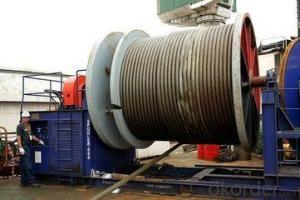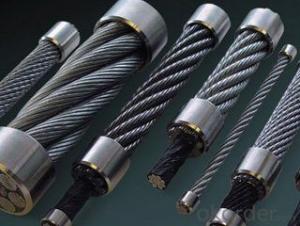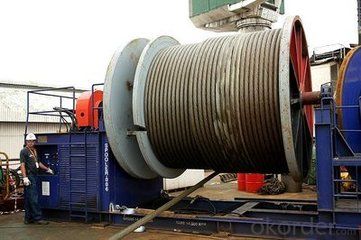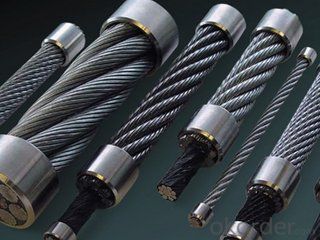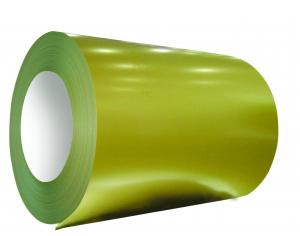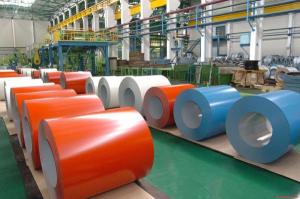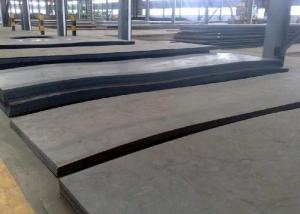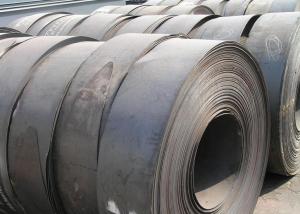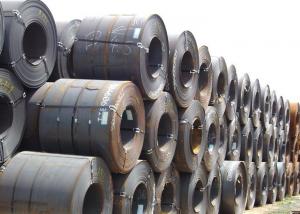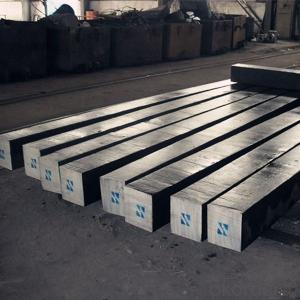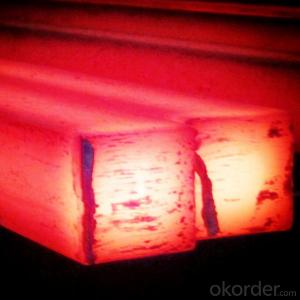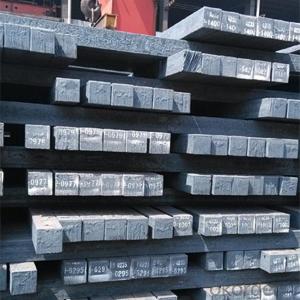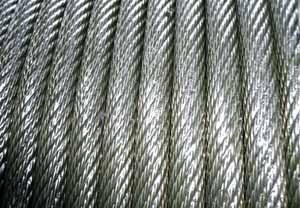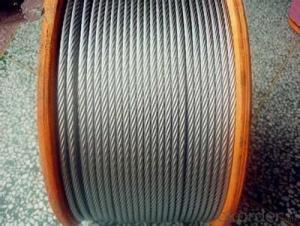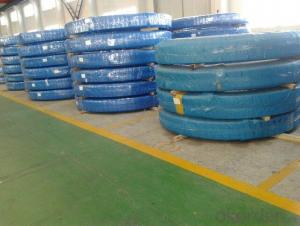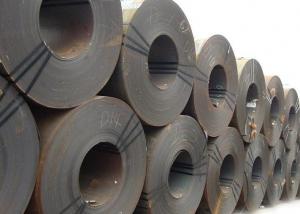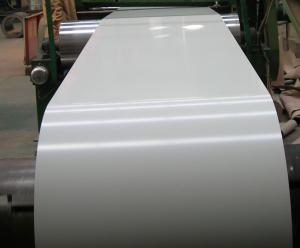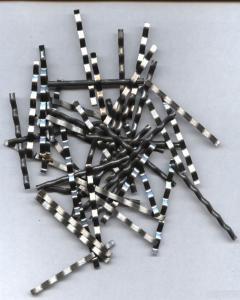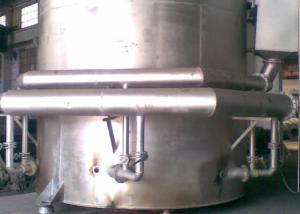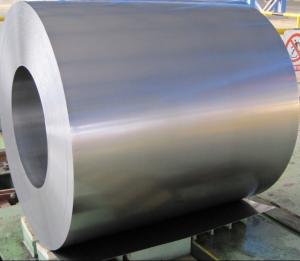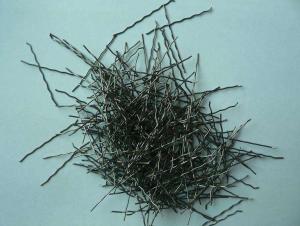STEEL WIRE ROPE FOR OIL
- Loading Port:
- China Main Port
- Payment Terms:
- TT OR LC
- Min Order Qty:
- -
- Supply Capability:
- -
OKorder Service Pledge
Quality Product, Order Online Tracking, Timely Delivery
OKorder Financial Service
Credit Rating, Credit Services, Credit Purchasing
You Might Also Like
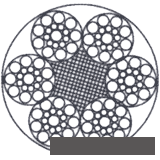 | 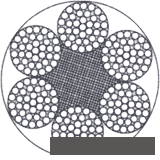 |
6×19S+FC | 6×37+FC |
公称直径 Nominal Diameter (mm) | 参考重量 Approximate Weight | 绳公称抗拉强度(N/mm2) Norminal T/S | |||||||
PS级 | IPS级 | EIPS级 | |||||||
钢丝绳最小破断拉力(KN) Min B/L | |||||||||
in | mm | Ib/ft | kg/m | KIb | KN | KIb | KN | KIb | KN |
1/2 | 13 | 0.42 | 0.63 | 18.70 | 83.2 | 21.40 | 95.2 | 23.60 | 105.0 |
9/16 | 14.5 | 0.53 | 0.79 | 23.60 | 106 | 27.00 | 120.0 | 29.80 | 132.0 |
5/8 | 16 | 0.66 | 0.98 | 29.00 | 129 | 33.40 | 149.0 | 36.60 | 163.0 |
3/4 | 19 | 0.95 | 1.41 | 41.40 | 184 | 47.60 | 212.0 | 52.40 | 233.0 |
7/8 | 22 | 1.29 | 1.92 | 56.00 | 249 | 64.40 | 286.0 | 70.80 | 315.0 |
1 | 26 | 1.68 | 2.50 | 72.80 | 324 | 83.60 | 372.0 | 92.0 | 409.0 |
1 1/8 | 29 | 2.13 | 3.17 | 91.40 | 407 | 105.20 | 468.0 | 115.60 | 514.0 |
1 1/4 | 32 | 2.63 | 3.91 | 112.40 | 500 | 129.20 | 575.0 | 142.0 | 632.0 |
1 3/8 | 35 | 3.18 | 4.73 | 137.0 | 612 | 155.40 | 691.0 | 171.0 | 760.0 |
1 1/2 | 38 | 3.78 | 5.63 | 163.8 | 728 | 184.0 | 818.0 | 202.0 | 898.0 |
1 5/8 | 42 | 4.44 | 6.61 | 191.7 | 853 | 214.0 | 952.0 | 236.0 | 1050 |
1 3/4 | 45 | 5.15 | 7.66 | 222.50 | 990.0 | 248.0 | 1100 | 274.0 | 1220 |
1 7/8 | 48 | 5.91 | 8.80 | 255.40 | 1136 | 282.0 | 1250 | 312.0 | 1390 |
2 | 52 | 6.72 | 10.0 | 290.6 | 1293 | 320.0 | 1420.0 | 352.0 | 1560 |
- Q: How is steel forgings heat-treated for improved mechanical properties?
- Steel forgings are heat-treated to improve their mechanical properties through a process called heat treatment. This involves heating the steel forgings to a specific temperature and then cooling them at a controlled rate. The heat treatment process can include steps like annealing, quenching, tempering, or normalizing, depending on the desired properties. These treatments help to refine the microstructure of the forgings, enhancing their strength, toughness, hardness, and overall performance.
- Q: What are the applications of steel forgings in aerospace?
- Steel forgings have several applications in aerospace due to their superior strength, durability, and ability to withstand extreme conditions. They are commonly used for critical components such as landing gear, engine parts, and wing attachments. Steel forgings provide the necessary strength-to-weight ratio required for high-performance aircraft, ensuring safety and reliability. Additionally, their exceptional resistance to fatigue and corrosion makes them ideal for withstanding the harsh environments encountered in aviation.
- Q: What are the common uses of stainless steel cookware?
- Stainless steel cookware is commonly used for various cooking techniques such as sautéing, frying, boiling, and simmering. It is highly durable, non-reactive with food, and provides even heat distribution, making it ideal for everyday cooking tasks in kitchens and professional settings.
- Q: What are the different types of steel bolts and their uses?
- There are various types of steel bolts, each designed for specific applications. Some common types include hex bolts, carriage bolts, anchor bolts, and eye bolts. Hex bolts are the most versatile and widely used, typically for general fastening purposes. Carriage bolts have a round head and are commonly used in wood-to-wood connections. Anchor bolts are used to secure structures to concrete or masonry. Eye bolts have a looped head and are ideal for lifting heavy objects. The choice of bolt depends on the specific requirements of the project and the type of materials being fastened.
- Q: What are the different types of steel profiles used in machinery frames?
- There are several types of steel profiles commonly used in machinery frames. Some of the most common ones include I-beams, H-beams, and C-channels. These profiles are chosen based on their strength, rigidity, and ability to support heavy loads. Each profile has its own unique properties and is selected based on the specific requirements of the machinery frame.
- Q: How is steel used in the construction of data centers?
- Steel is used in the construction of data centers for its structural strength and durability. It is commonly used in the framework and supports of the building to ensure stability and resistance against earthquakes and other forces. Steel also provides a secure environment for housing servers and other sensitive equipment, protecting them from external threats.
- Q: How are steel products used in the construction of schools and educational institutions?
- Steel products are widely used in the construction of schools and educational institutions due to their durability, strength, and versatility. They are used for various applications such as structural framing, roofing, doors, windows, and partitions. Steel beams and columns provide support and stability to the buildings, ensuring their longevity and resistance to natural disasters. Additionally, steel is often used in the construction of gymnasiums, laboratories, and auditoriums due to its ability to span large distances without the need for additional support, allowing for more open and flexible spaces. Overall, steel products play a crucial role in creating safe, efficient, and aesthetically pleasing educational facilities.
- Q: What are the different types of steel bolts and their uses in the construction of power plants?
- There are several types of steel bolts commonly used in the construction of power plants. The most common ones include structural bolts, anchor bolts, and flange bolts. Structural bolts are used to connect heavy structural members, such as steel beams and columns, to provide stability and support. These bolts are typically high-strength and have a larger diameter to withstand heavy loads and vibrations. Anchor bolts are used to secure equipment and machinery to the concrete foundation in power plants. They are designed to provide stability and prevent movement or shifting of the equipment during operation. Anchor bolts are often embedded in the foundation and have threaded ends to attach nuts and washers. Flange bolts are used to connect piping systems, valves, and flanges in power plants. They have a washer-like flange under the head, which distributes the load and prevents leakage. Flange bolts are available in various grades and sizes, depending on the specific requirements of the application. In summary, the different types of steel bolts used in the construction of power plants serve distinct purposes. Structural bolts provide stability to heavy structural members, anchor bolts secure equipment to the foundation, and flange bolts connect piping systems and prevent leakage.
- Q: What are the different types of steel channels and their uses?
- There are several types of steel channels, including C channels, U channels, and J channels. C channels are commonly used in construction for structural support, while U channels are often used for framing and reinforcement in manufacturing and automotive industries. J channels are typically used for trim or edging purposes, such as finishing off the edges of siding or paneling. Overall, steel channels are versatile and widely used in various applications due to their strength and durability.
- Q: What are the main factors to consider when selecting steel products for a specific application?
- When selecting steel products for a specific application, there are several key factors to consider. Firstly, the intended use and the specific requirements of the application should be carefully evaluated. This includes factors such as load-bearing capacity, corrosion resistance, and temperature resistance. Secondly, the properties of the steel, such as its strength, ductility, and hardness, need to be considered in relation to the application's demands. Additionally, the cost and availability of the steel should be considered, as well as any relevant industry standards and regulations. Lastly, factors like the required fabrication processes, surface finish, and aesthetics may also play a role in the selection process. Overall, a thorough assessment of these factors will help ensure that the chosen steel product is suitable for the intended application.
Send your message to us
STEEL WIRE ROPE FOR OIL
- Loading Port:
- China Main Port
- Payment Terms:
- TT OR LC
- Min Order Qty:
- -
- Supply Capability:
- -
OKorder Service Pledge
Quality Product, Order Online Tracking, Timely Delivery
OKorder Financial Service
Credit Rating, Credit Services, Credit Purchasing
Similar products
Hot products
Hot Searches
Related keywords
